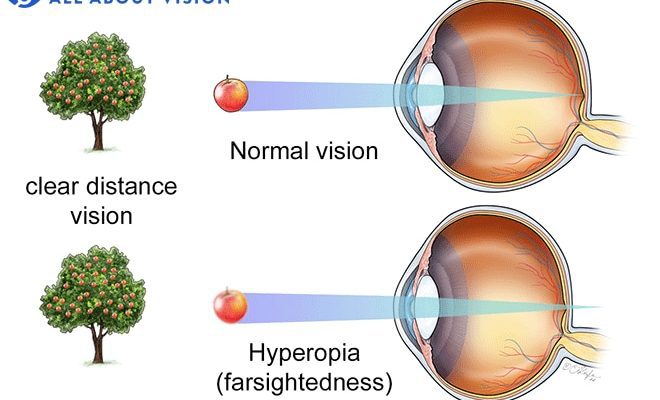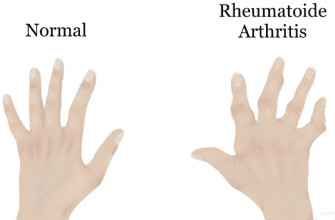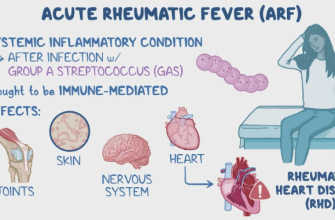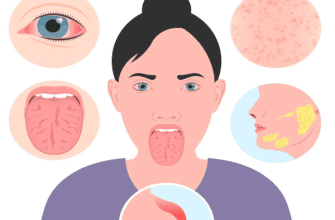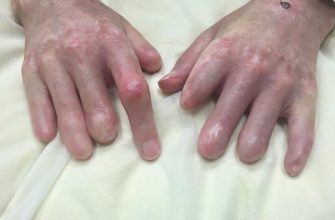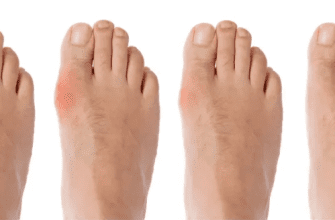What is Farsightedness?
Farsightedness (hyperopia) is a common refractive error where distant objects appear clearer than nearby objects. This occurs when:
- The eyeball is too short front-to-back
- The cornea is too flat
- The eye’s focusing power is too weak
Symptoms (American Optometric Association [AOA])
✔ Blurry vision for close-up tasks (reading, phone use)
✔ Eyestrain or headaches after near work
✔ Squinting to see clearly
✔ Eye fatigue/burning by end of day
✔ Difficulty with fine details (threading needles, small print)
In children:
- Crossed eyes (strabismus)
- Avoidance of reading
- Poor school performance
Diagnosis (Mayo Clinic)
- Comprehensive eye exam including:
- Visual acuity test (Snellen chart)
- Retinoscopy (light reflection test)
- Refraction test (phoropter with lens choices)
- Keratometry (corneal curvature measurement)
- Additional tests for children:
- Cycloplegic refraction (with dilating drops)
- Binocular vision assessment
Treatment Options (AAO)
Corrective Lenses
- Eyeglasses: Simplest solution, especially for children
- Contact lenses: Good for active adults (soft or rigid gas permeable)
Refractive Surgery (for adults only)
- LASIK (laser corneal reshaping)
- PRK (alternative to LASIK)
- Conductive keratoplasty (for mild hyperopia)
Other Options
- Reading glasses (for presbyopia combo)
- Vision therapy (for focusing problems)
Prevention (Prevent Blindness America)
While hyperopia is often genetic, you can:
Get regular eye exams (every 2 years for adults, annually for children)
Use proper lighting for close work
Take visual breaks (20-20-20 rule: every 20 minutes, look 20 feet away for 20 seconds)
Wear UV-protective sunglasses outdoors
Red Flags: When to See a Doctor (AAO Warning Signs)
Seek immediate care if:
- Sudden vision changes (could indicate other conditions)
- Severe eye pain with blurred vision
- Double vision developing suddenly
- Headaches that worsen with near work
For children:
- Rubbing eyes excessively
- Holding books very close
- Complaining of eye tiredness
